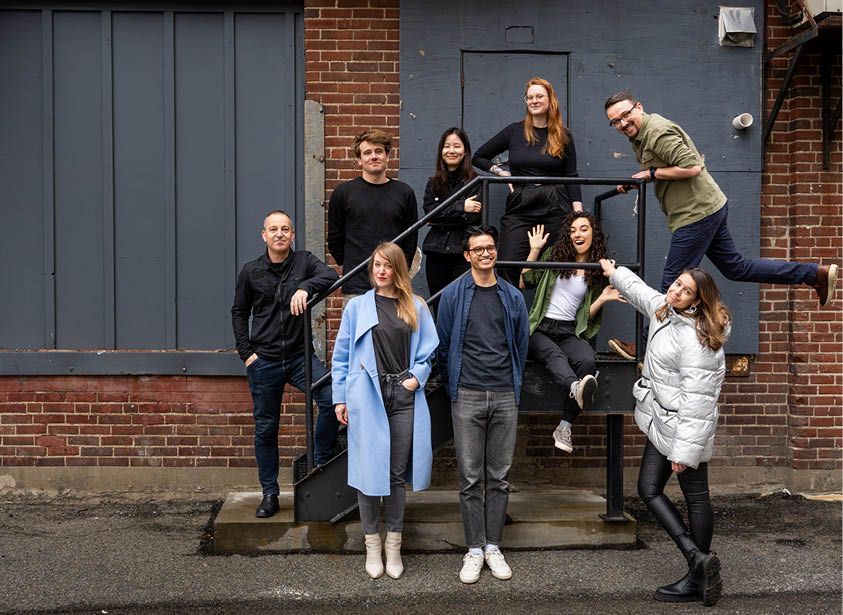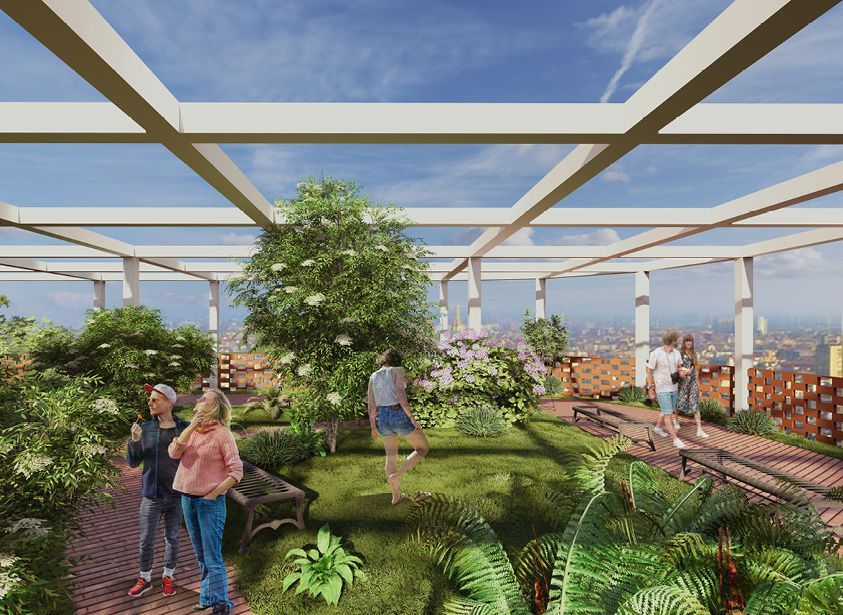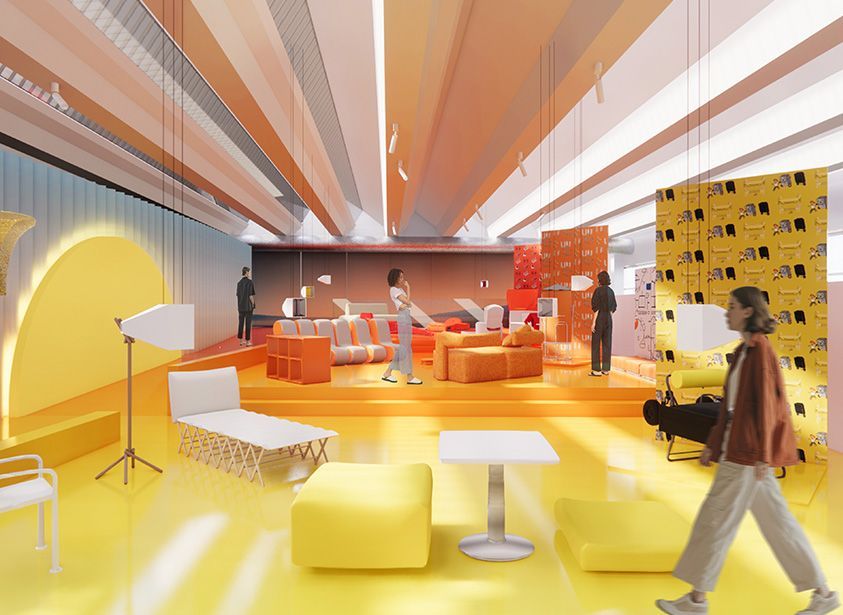Lee Moreau: Designing with—and for—Time

Domus Academy had the pleasure to host Lee Moreau, founder of Boston-based design studio Other Tomorrows, in its brand-new Milan venue for the latest Disrupting Patterns Talk. Read all about it!

“You can’t control time, but you can control some of the tools that give you a relationship to time or can modify your relationship to time.” (Lee Moreau)
Rather than a conventional design lecture, Moreau’s presentation to Domus Academy students unfolded as an exploration of language, memory, technology—and above all, time.
Guided by professor Elisa Chiodo, Programme Leader of Domus Academy Master in Visual Brand Design and Master in Business Design, the discussion steered away from the usual portfolio or career highlights. Instead, it became a reflection on a designer’s most overlooked medium: timing. Moreau emphasized the difference between time as a fixed reality and timing as an art form shaped by human intuition and experience.

Using common idioms like “time is money” and “killing time,” Moreau illustrated how cultural attitudes toward time are embedded in language. He then moved into more personal territory, sharing stories of his father’s long shifts at a paper mill in small-town America, the arrival of a local McDonald’s, and the paradox of automation promising freedom but delivering alienation. These anecdotes set the stage for his central argument: design both influences and is influenced by how people experience time in daily life.
Inspired by artists such as Christian Marclay and Martin Baas, Moreau demonstrated how time can be performed, represented, and even manipulated. But it was his own studio’s projects that brought the concept into sharper focus. At Other Tomorrows, timing isn’t an afterthought—it’s integral to the design itself.
Examples ranged from mapping emotional rhythms in airline passenger journeys to rethinking rural healthcare with mobile electric vehicles. One particularly compelling project involved Caliber Collision, the largest car repair network in the U.S., where Moreau’s team found that what clients really seek after an accident isn’t just a repaired vehicle—it’s a restored sense of self.
Designing for timing means understanding when to intervene, when to hold back, and when to offer reassurance, Moreau explained. It’s a process built on trust, earned moment by moment.
Moreau’s approach extends well beyond crisis moments. His team has worked with diverse clients, including Chanel, where they’re helping shape a future-facing Innovation Center, and MIT, where they tackle the challenge of unifying scattered learning platforms into a coherent experience. In every case, success depends on grasping context, sequencing interactions, and aligning with the rhythms of real life.
A lighter yet telling example came from a collaboration with Southwest Airlines. To speed up boarding, Moreau’s team partnered with musicians like Pharrell Williams to craft playlists calibrated to increase passengers’ walking pace subtly. The outcome: faster boarding, less stress, and passengers unaware they had been gently guided.
It’s not just logistics, Moreau noted. It’s joy, culture, and design with a heartbeat. Even a signage pilot project launched during Thanksgiving travel chaos showed how well-timed, passenger-focused interventions can reduce friction without adding complexity.
As the event drew to a close, Moreau challenged the audience to rethink time—not as a constraint to work around, but as the very medium through which meaningful experiences are crafted.
In a world obsessed with speed and efficiency, his message offered a fresh perspective: timing isn’t merely a feature of design, it’s its essence. Perhaps the future of design lies not in rushing faster, but in mastering the art of when to pause.





